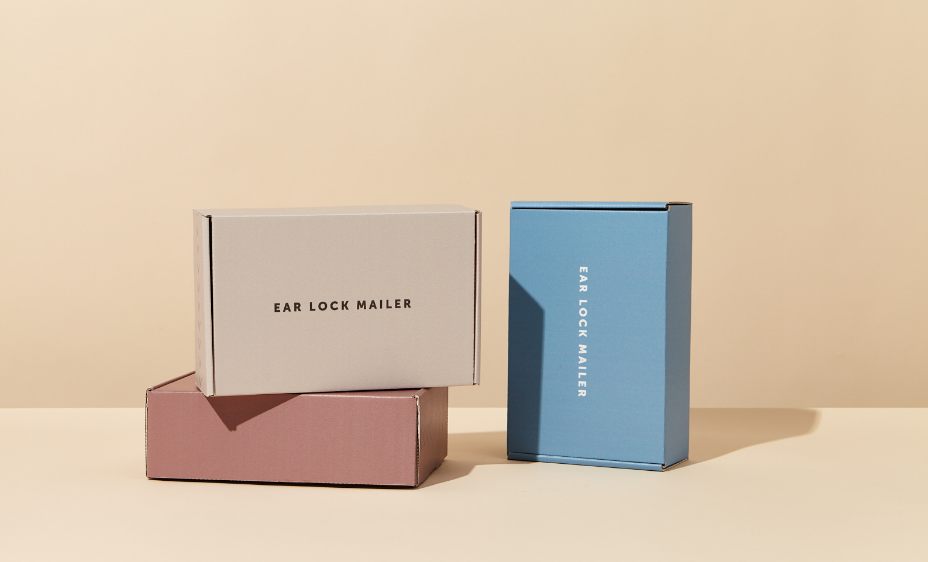In today’s environmentally conscious world, businesses are increasingly turning to sustainable packaging solutions to minimize their environmental impact and meet consumer demand for eco-friendly products. From eco-friendly packaging boxes to recycled materials and biodegradable options, there are numerous choices available for businesses looking to embrace sustainability in their packaging practices. In this comprehensive guide, we’ll explore how to choose sustainable materials for custom packaging, covering everything from eco-friendly options to recycled packaging boxes and custom sustainable packaging solutions.
Understanding the Importance of Sustainable Packaging
Environmental Impact
Traditional packaging materials such as plastic and Styrofoam contribute to pollution, waste, and depletion of natural resources. Sustainable packaging aims to reduce these environmental impacts by using materials that are renewable, biodegradable, or recyclable, thus minimizing the carbon footprint associated with packaging production and disposal.
Consumer Preference
As consumers become increasingly aware of environmental issues, there is a growing demand for eco-friendly products and packaging. Businesses that prioritize sustainability not only appeal to environmentally conscious consumers but also enhance their brand reputation and loyalty.
Regulatory Compliance
Governments and regulatory bodies worldwide are implementing stricter regulations and standards for packaging materials to mitigate environmental harm. Choosing sustainable packaging materials ensures compliance with these regulations and reduces the risk of fines or penalties for non-compliance.
Factors to Consider When Choosing Sustainable Packaging Materials
Material Sustainability
Evaluate the sustainability credentials of packaging materials based on factors such as renewable sourcing, biodegradability, recyclability, and compostability. Opt for materials with minimal environmental impact throughout their lifecycle, from production and use to disposal or recycling.
Resource Efficiency
Consider the resource intensity of packaging materials, including water consumption, energy use, and waste generation, during manufacturing processes. Choose materials that require fewer resources and produce less waste to minimize environmental strain.
Life Cycle Assessment
Conduct a life cycle assessment (LCA) to analyze the environmental impacts of different packaging materials from cradle to grave. Assess factors such as carbon emissions, water usage, and toxicity to identify the most sustainable options for your specific packaging needs.
Types of Sustainable Packaging Materials
Recycled Materials
Utilize recycled materials such as recycled paperboard, cardboard, or corrugated cardboard for packaging boxes. Recycled materials reduce the demand for virgin resources and divert waste from landfills, making them an environmentally friendly choice.
Biodegradable Plastics
Explore biodegradable plastics derived from renewable sources such as cornstarch or sugarcane. Biodegradable plastics break down into harmless substances under natural conditions, reducing environmental pollution and plastic accumulation in ecosystems.
Compostable Materials
Choose compostable packaging materials that can be industrially composted or home composted, such as compostable paper, cardboard, or bioplastics. Compostable packaging breaks down into organic matter, enriching soil health and reducing landfill waste.
Plant-Based Materials
Opt for plant-based materials such as bamboo, hemp, or bagasse for packaging boxes and containers. Plant-based materials are renewable, biodegradable, and often require fewer resources to produce compared to conventional materials.
Tips for Choosing Sustainable Custom Packaging
Prioritize Material Reduction
Minimize packaging waste by optimizing design and reducing excess material usage. Choose packaging designs that maximize product-to-package ratio while ensuring adequate protection and functionality.
Consider Local Sourcing
Source packaging materials locally to reduce transportation emissions and support local economies. Look for suppliers or manufacturers within your region who offer sustainable packaging solutions tailored to your needs.
Certifications and Standards
Look for certifications and labels such as Forest Stewardship Council (FSC) certification, Sustainable Forestry Initiative (SFI) certification, or Cradle to Cradle certification to ensure that packaging materials meet recognized sustainability standards.
Collaborate with Suppliers
Engage with packaging suppliers or manufacturers who prioritize sustainability and offer eco-friendly options. Collaborate closely to discuss your sustainability goals, explore available materials, and customize packaging solutions that align with your brand values.
Sustainable Custom Packaging
Eco-Friendly Packaging Boxes Company, a cosmetics brand, transitioned to eco-friendly packaging boxes made from recycled cardboard and soy-based ink. By adopting sustainable packaging practices, XYZ Company reduced its carbon footprint and attracted environmentally conscious customers.
Custom Sustainable Packaging Solutions
Custom ecofriendly box Company, a food manufacturer, collaborated with a packaging supplier to develop custom sustainable packaging solutions using compostable materials. The new packaging not only reduced environmental impact but also enhanced brand differentiation and customer loyalty.
Conclusion
Choosing sustainable materials for custom packaging is essential for businesses looking to minimize their environmental footprint and meet consumer demand for eco-friendly products. By prioritizing factors such as material sustainability, resource efficiency, and life cycle assessment, businesses can select packaging materials that align with their sustainability goals and brand values. Whether it’s recycled packaging boxes, biodegradable plastics, or compostable materials, there are numerous options available to create custom packaging that is both environmentally friendly and aesthetically appealing. By embracing sustainability in packaging practices, businesses can not only contribute to environmental conservation but also strengthen their competitive advantage in an increasingly eco-conscious market.

